NEWSWEEK
By Matthew Robinson
US News Editor
Levels of water contamination through harmful "forever chemicals" will be tested near U.S. Army sites across the country in a new joint project.
The scheme, announced on Friday by the Environmental Protection Agency (EPA) and the U.S. Army, will sample and test water from private drinking water wells for the presence of per-and polyfluoroalkyl substances (PFAS).
PFAS are long-lasting chemicals used to make products resistant to heat, oil, stains, grease and water. This means they are present in numerous household items, including nonstick cooking tools, toilet paper, food packaging, cosmetics and dental floss.
If the testing indicates the presence of PFAS in ground or drinking water above the maximum contaminant levels set out by the EPA, the Army will work with state regulators and the agency to mitigate exposure for the public and implement remedial measures.
The project has initially identified a priority list of nine Army installations out of 235 locations where the testing will take place. These include; Fort Novosel in Alabama; Fort Hunter Liggett – Parks Reserve Forces Training Area in California; Fort Stewart in Georgia; Fort Stewart – Hunter Army Airfield in Georgia; Blue Grass Army Depot in Kentucky; Fort Campbell in Kentucky and Tennessee; Fort Liberty in North Carolina; Fort Sill in Oklahoma; and McAlester Army Ammunition Plant in Oklahoma.
Once the initial testing at these nine locations is completed, the project will evaluate additional installations to determine whether the scheme should be expanded.

Commenting on the scheme, David M. Uhlmann, an assistant administrator at the EPA, said in a statement: "PFAS pose significant risks to drinking water supplies and public health, which is why the EPA and the Army are testing water from wells in communities near Army installations to determine if these dangerous forever chemicals are polluting drinking water.
"Members of the military, their families, and surrounding communities deserve access to clean, safe drinking water. EPA welcomes the opportunity to share our expertise and work with the Army on this important project, which will help advance EPA's PFAS National Enforcement and Compliance Initiative."
Rachel Jacobson, assistant secretary of the Army for installations, energy and environment, added: "For the nine installations that are part of our joint pilot program with EPA, the Army has already begun more in-depth investigations. The Army welcomes EPA's collaboration as it continues to evaluate whether PFAS from past Army activities has impacted our neighboring communities and if so, takes steps to mitigate those impacts."
The EPA noted that PFAS have been found in "groundwater and soil at many federal facilities, including at military sites." It added: "The Army has used PFAS in various operations, including in foam to extinguish fires."
The U.S. Agency for Toxic Substances and Disease Registry has identified these "forever chemicals" as potential causes of health problems like increased cholesterol and blood pressure, diminished immune function, reproductive problems and a heightened risk of certain cancers.
Read more
"Forever chemicals" ban could impact millions of Americans
Toxic forever chemicals pass into human skin, scientists warn
Drinking water map shows cities with high contamination levels
Maaike van Gerwen, director of research for the department of otolaryngology at the Icahn School of Medicine at Mount Sinai, told Newsweek previously: "Because of the ubiquitous presence of PFAS in our environment, including water, soil and food, almost the entire population is exposed on a daily basis and it is thus difficult to completely avoid exposure."
She added: "PFAS are chemicals that have been produced since the 1940s and are used in a variety of industry and consumer products, including nonstick cookware, stain-resistant fabric and firefighting foam.
"In the early 2000s, major American chemical companies voluntarily agreed to eliminate the production of PFOA- and PFOA-related chemicals... This does not mean that the production of PFAS declined. On the contrary, multiple new PFAS chemicals were developed and are still being manufactured."




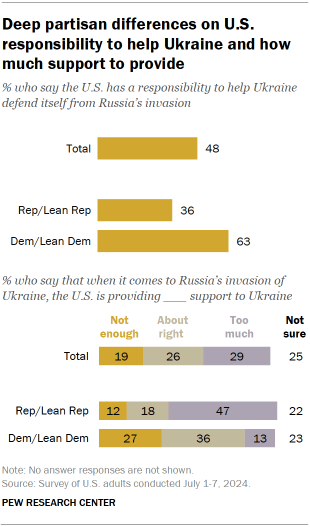
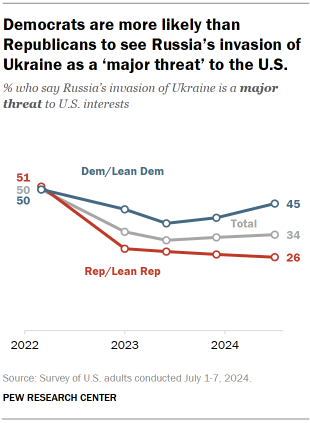
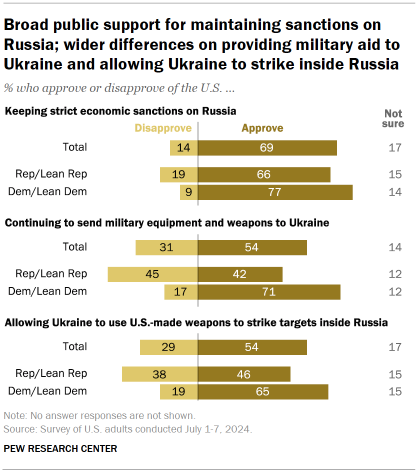
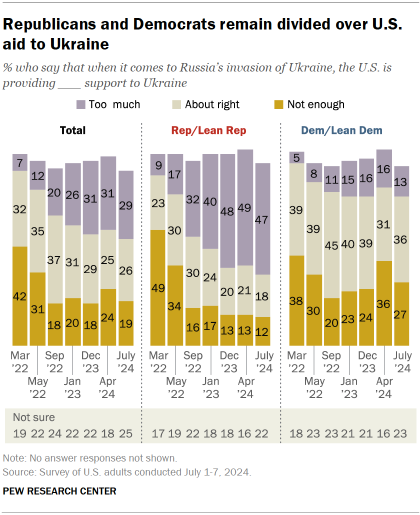
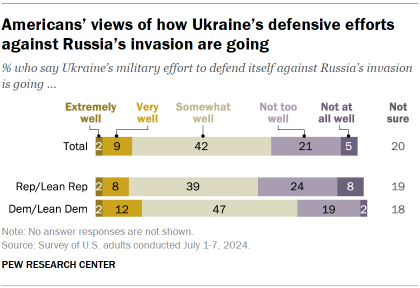





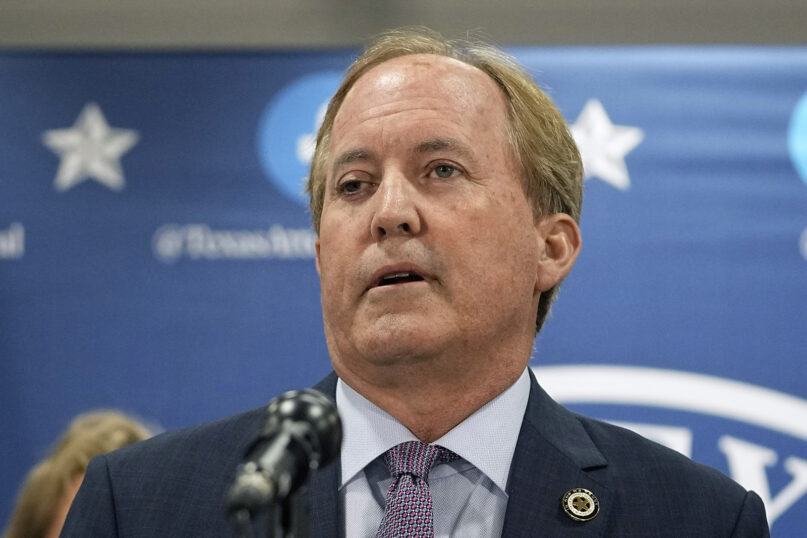







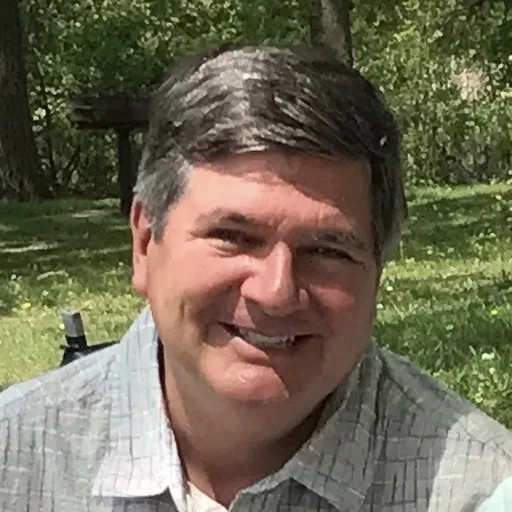
.jpg)